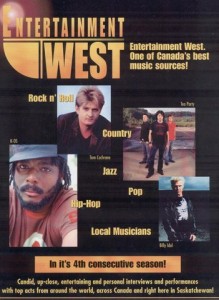The History of the Maya Civilization
The Maya civilization was one of the most advanced and influential cultures of Mesoamerica, flourishing for thousands of years before the arrival of Europeans. Known for their impressive achievements in architecture, mathematics, astronomy, and writing, the Maya left behind a rich legacy that continues to captivate historians and archaeologists.
Origins and Early Development
The Maya civilization emerged in present-day Mexico, Guatemala, Belize, Honduras, and El Salvador around 2000 BCE. The early Maya were primarily agriculturalists, cultivating crops such as maize, beans, and squash. By the Preclassic period (2000 BCE – 250 CE), they had developed complex societies with hierarchical political structures.
The Classic Period (250–900 CE)
The Classic Period is considered the height of Maya civilization. During this era, city-states such as Tikal, Palenque, Copán, and Calakmul reached their peak, constructing grand temples, pyramids, and palaces. The Maya also developed the most sophisticated writing system in the Americas, using hieroglyphs to record history, religious texts, and political events.
Astronomy and mathematics played a crucial role in Maya society. They created a highly accurate calendar system, which allowed them to predict celestial events with precision. The Maya also made significant advancements in architecture, engineering, and urban planning, with cities featuring plazas, causeways, and reservoirs.
The Postclassic Period (900–1500 CE)
After the decline of major Classic-period cities, the Maya civilization continued in the Postclassic period. Cities like Chichen Itza, Uxmal, and Mayapan became significant centers of power. This period saw increased trade with other Mesoamerican civilizations, such as the Toltecs and the Aztecs. However, internal conflicts and environmental factors contributed to the gradual weakening of Maya city-states.
European Contact and the Decline of the Maya
The arrival of Spanish explorers in the early 16th century marked the beginning of the end for the independent Maya civilization. Conquistadors, such as Hernán Cortés and Francisco de Montejo, led military campaigns that resulted in the subjugation of the Maya people. The last independent Maya kingdom, the city of Nojpetén, fell to the Spanish in 1697.
Despite centuries of colonial rule, the Maya culture and traditions have endured. Millions of Maya descendants still live in the region, preserving their language, customs, and beliefs.
Legacy of the Maya
The Maya civilization left behind a vast cultural and scientific heritage. Their pyramids and temples stand as testaments to their architectural brilliance. Modern scholars continue to decipher their hieroglyphic writing, uncovering insights into their history, mythology, and daily life. The Maya calendar and astronomical knowledge still intrigue researchers and enthusiasts alike.
Today, the Maya people continue to celebrate their heritage while adapting to modern life. Archaeological discoveries and ongoing research ensure that the legacy of this great civilization remains alive for future generations.



